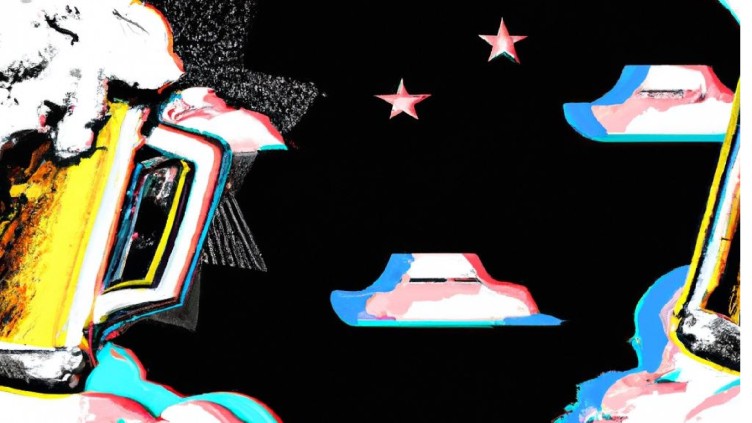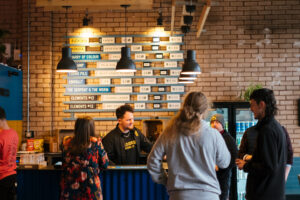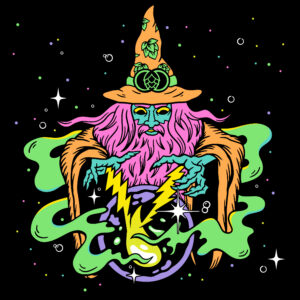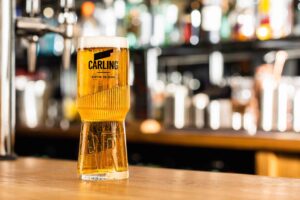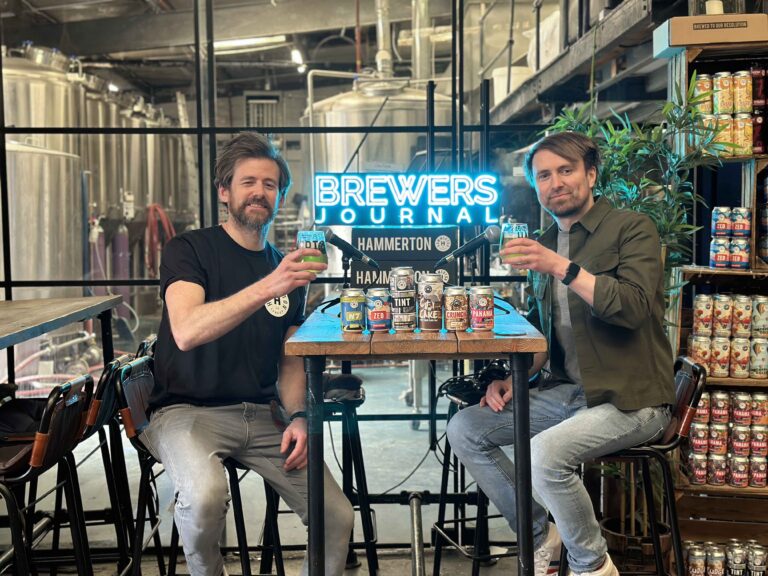In part three of his new series Lorenzoni, who has spent the last six years as CEO of two of the UK’s fastest growing craft breweries: Camden Town Brewery, and most recently Northern Monk, says that everything is saturated…until it isn’t. Just ask Liquid Death. Part two was all about profitability and how we can make the pie thicker, but as growth slows and the cost of debt and capital increase, the focus on profitability isn’t going to be optional. Profitability will be table stakes.
If we really want to make the pie bigger and change the future of craft beer, it’s going to come from taking risks and making ourselves uncomfortable again…it’s going to come from innovation.
What should we be selling, and who can we be selling it to? While there are other types of innovation, I believe that product and audience innovation account for easily 80% of the opportunity for craft beer to grow the pie.
Therefore, for the last section of this project, I’ve chosen to focus on the topics in those two categories that I believe have the biggest potential impact and widest application within UK craft beer. The hope being that in doing so, it initiates conversations that allow you to decide whether they have relevance for you, and if so, how.
Product Innovation:
Measure twice, cut once
Why do your consumers choose you? Take a second and answer that question for your business.

If the dominant reason relates to the production, selling and distribution of beer, then you are a brewery.
Why does this matter?
In 2019 Cloudwater, once again showed great foresight and launched Cloudwater Soda, a great tasting non-alcoholic soda.
This is solely my opinion, but if I had to answer the ‘why do your consumers choose you?’ question for Cloudwater, I would land on something like: consumers choose us because we’re obsessive about making the highest quality beer. There is no better way to illustrate this point than the fact that Cloudwater have the highest rated beer in England in an unbelievable 31 style categories(1). Therefore, consumers choose them because of quality, a result of production, making Cloudwater a brewery.
They signalled bold ambitions for the product by hiring a dedicated team to focus on the development and growth of the soda, so as not to be distracted by the beer business. But years later, if you want to find a Cloudwater Soda, your best bet is to go to a craft beer bar or bottleshop. Why is that?
Cloudwater is a brewery. They put the Cloudwater name on the soda. The soda was everything Cloudwater was: quality and premium priced. The brand’s success had come from connecting with craft beer drinkers by being a pioneer for hazy beer in the UK, and then backing that up over many years with amazing quality beers of all styles. That connection was earned. But the non-craft beer audience had no idea who Cloudwater was, and no connection to what it stood for.
So the audience that was interested, and willing to pay the steep premium for a soda were those that had spent years developing a trust and understanding of what Cloudwater stood for: craft beer bars and consumers.
We need to innovate, but before we do so, we need to be honest with ourselves about who we are. It’ll save us a lot of time and money to ask this first, and then run at making it happen.
If your answer to the question at the start of this section makes you a brewery, then the more natural focus for innovation should be in beer, or outside of beer, but within the craft beer audience who already knows you. Nailing a 3.4% beer likely feels easy for you, but opening a bar, or launching a water won’t. It’s not that you shouldn’t try and do those things, but if you choose to do so, you’re becoming a founder again; that’s the way it needs to feel.
If your answer to the question says you are not a brewery, then your strength is your ability to connect with people in a meaningful way beyond the product you sell. A Palace Skateboards shirt gives no more functionality than the Champion shirt it’s printed on, but the ownership of something special, and limited, speaks to every human. If this is you, as long as you hire strong, knowledgeable operators, product innovation can flex across most product types. The key is just landing on the right way to connect with the consumer.
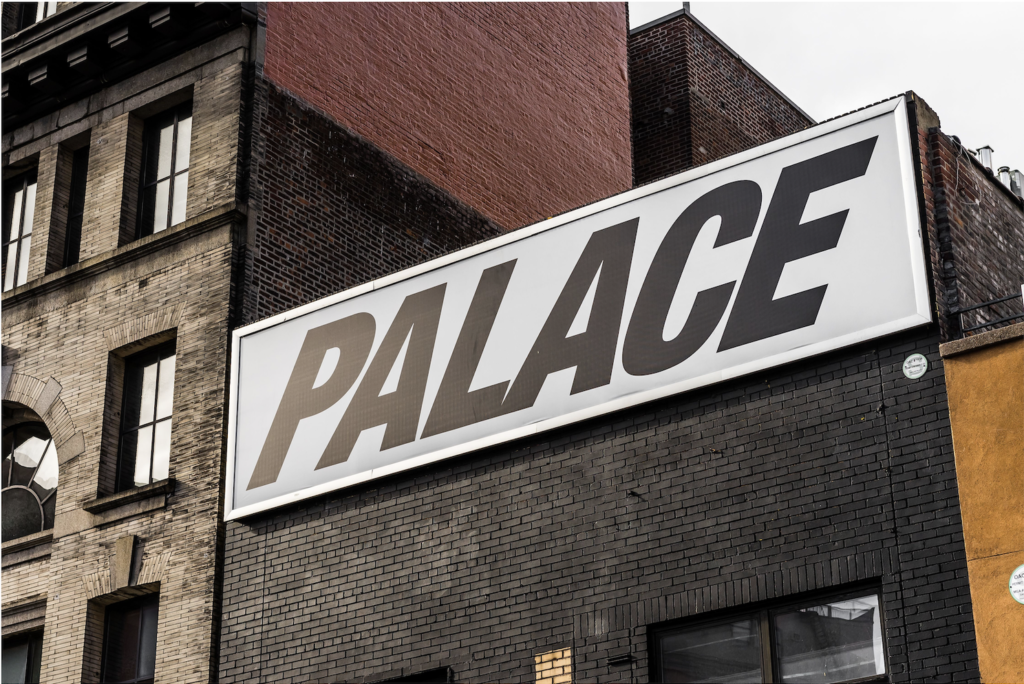
In reality you’ll likely feel you’re somewhere in between those two extremes, or for a talented few, you may feel you’re both. The important thing here isn’t to land on one or the other, but to be honest to yourself about who you are. If we ask this question first, if we apply that filter, I have no doubt we’ll kill the wrong ideas for us quicker and fuel the right ideas and give them the best chance to succeed.
The truth about non-alcoholic beer
Everyone needs to have a strategic discussion on what role non-alcoholic beer will play for you, because for most, it should play a role. Whether it’s alcohol moderation, making healthy choices, or reducing spend, almost every major consumer behaviour trend supports the growth of this category.
But for those expecting non-alcoholic beer to be the next craft beer, I wouldn’t bet on it.
Currently, based on off trade volumes sold, this category is slightly above 60% of the size of the craft beer category, however, it is growing 19% ahead of craft(2). It’s not a matter of if it will become bigger than craft, but when.
However, comparing the non-alcohol category to craft, as it’s often reported, is misleading. In off trade Nielsen data, craft beer is only one of three alcoholic beer categories. And, in fact, due to the significant price premium of craft, only 4% of alcoholic beer volumes sit in craft, with 96% in the two non-craft categories (mainstream & world/discovery)(2).
Aside from the price premium, the other major difference between the craft and non-craft categories is that the global brewers dominate the two non-craft categories but are barely present in craft, which is largely modern independent UK breweries. For example, AB InBev has an approximate 30% share of non-craft, while despite their craft acquisitions, their share of craft sits at only 4.5%(3).
Non-Alcohol (or Low / No as defined by Nielsen) has no such breakdown in the data; all volume sits in one category. To illustrate how misleading that makes things, within that category the UK’s 6 largest global brewers are responsible for 74% of the volume(4).
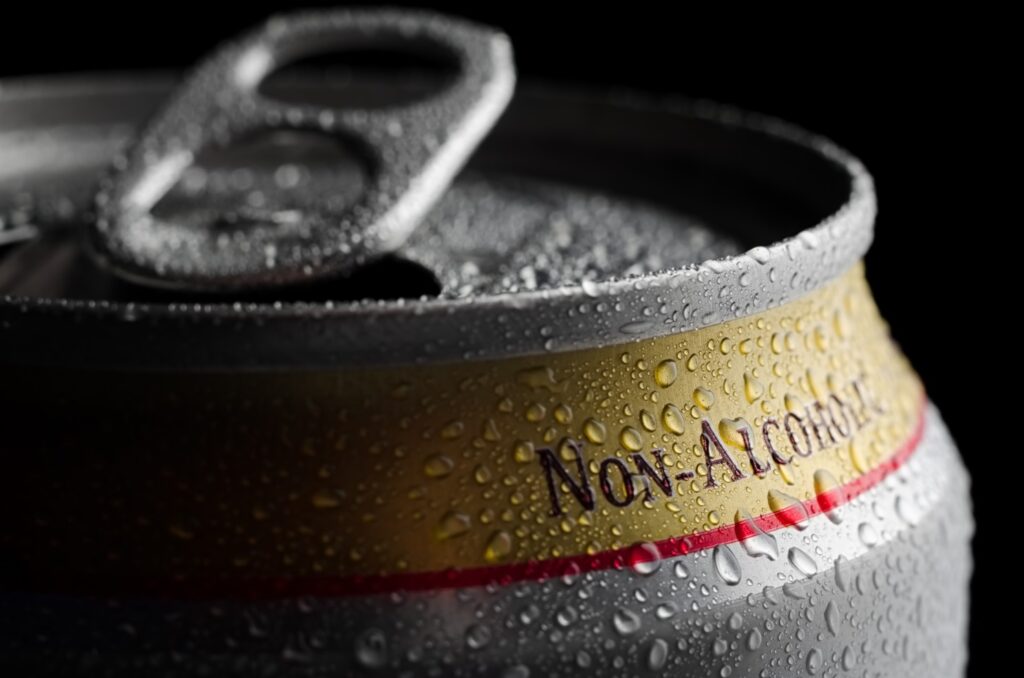
So I went ahead and broke the non-alcohol category into craft and non-craft like we have for alcohol beer, and based on that, craft accounts for 12.5% of the non-alcohol category(4).
What’s positive is that share is almost three times better than the share craft has within alcohol beer. What is less motivating is that once we remove non-craft volume and get an apples-to-apples comparison, non-alcoholic craft is about 7.5% of the size of alcohol craft, and that’s including all non-alcohol brands like Lucky Saint and Athletic. It’s small.
However, non-alcohol is the fastest growing category, so we need to look at the future. There are countries such as Germany, The Netherlands and Spain where non-alcoholic beer has been a staple of drinking culture for some time, and thus they have the highest volume penetration in Europe of around 10-12% of total beer. In the UK it is currently 2.6%(2).
So what if the category grows to 4x current volumes to match penetration in the leading European countries? Non-alcohol craft would reach 30% of the size of what alcohol craft is today. And that’s if the category grows 4x to become one of the largest in Europe. It’s very much possible, but that’s a lot of ifs.
Due to having many sub styles, its own shelf in store, its own category of data, and dedicated breweries and brands, it can feel like non-alcohol is the next craft beer. However, I think a more helpful frame of reference is to think of it as style of craft beer.
It’s around the size of what stouts and porters are today, but it has the potential to become a style not far off the success of the New England IPA. Therefore, most craft breweries should look at this as an important style and treat it as they would any other.
However, I don’t want to discourage anyone that wants to bet big on this category, because there is one key difference between most craft styles and non-alcoholic beer: there is a lot of volume currently sitting in non-craft, predominantly with global brewers. While it will be far from easy, taking a chunk of that share is likely the only way to make craft non-alcohol beer anywhere close to the size of what craft is today.
We’re already seeing some innovative thinking that could cause a shakeup. Lucky Saint is trying to be the Guinness of non-alcohol beer, looking to stake claim to the on trade where global brewers seem more passive for the moment. Days have recently jumped on that in package form with the world’s first pint bottle for serve in pubs. Once Mash Gang start landing some products in mainstream channels, people are going to be wowed by the quality of their beers versus anything else out there.
And it’s only a matter of time before someone nails, and retailers embraces, a non-alcoholic beer that isn’t seen just as a beer replacement, but something that can fit into occasions for other non-alcoholic drink categories like juice, soda, or water. Craft is so much more likely to achieve that than a global brewer leveraging an established beer brand.
But all those examples are being led by non-alcohol only breweries. This is their sole focus. So as a craft brewery, if you want to bet big here and treat it as more than a style, you’re going to have to make it your focus.
Or maybe it’s not about beer at all.
Almost all the consumer behaviour trends supporting the growth of non-alcoholic beer also apply to any non-alcoholic drink. Maybe it’s hop water, the 5th fastest growing craft beer style in the US which can be produced in a few days(5). Maybe it’s a soda, or a water.
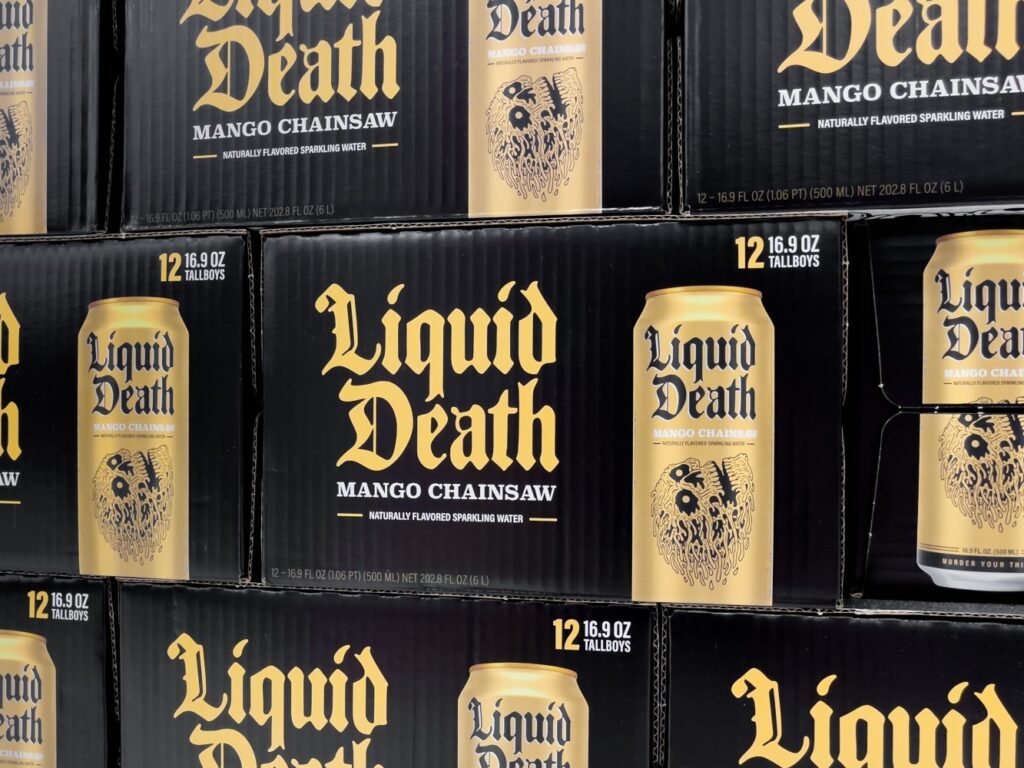
3.4%: The right place at the right time
On August 1st, the government created what may be the biggest growth opportunity for independent craft brewers: the low duty category moved to 3.4%, 50% closer to the largest on trade style in craft beer.
For brewers, the duty rate on a beer at 3.4% ranges from 27% to 54% less than the main duty rate, depending on the hLpa of the brewery. And keep in mind, if this 3.4% beer were to become your focus brand, this would significantly drop the duty rate for not just that beer, but the entire brewery.
So, let’s go back to the margin pool calculation from part 2, but let’s rework it assuming that the 5% average ABV brewery is selling a 3.4% beer.
The biggest cut still goes to the Pub, at 39%, but now the Brewery comes in second with 27% followed by the Government at 23%. The Brewery has gained almost 4% of the margin pool. Now the brewery can choose to pocket some or all of that, depending on what’s required for business sustainability, or they can re-invest some of it.
The key to this style succeeding will be that it creates a price advantage for the consumer. Therefore, let’s say we factor in a 10% price discount on that pint the drinker buys. The margin pool shrinks because we’re giving some back to the drinker, but we’d expect that to be offset by a higher rate from the reduced price, especially in the current economic climate.
Doing so results in small margin pool % increases for the premise (+0.4%), and wholesale (+0.2%), with the brewery keeping some of the margin (+2.2%), with the ability to reinvest that further depending on the situation.
So, the drinker gets a 10% discount, the premise and wholesaler can achieve their target margin aspirations, and everyone gets a bit more of the margin pool. Thanks government.
This is of course a theoretical example, but right at a time where consumers are choosing to moderate alcohol, we need to stimulate demand for craft, and we need more profitability, the 3.4% opportunity comes along.
But there’s some more upside for those looking to scale. The largest on trade ‘craft’ brand is Neck Oil. Will Neck Oil eventually change its ABV to 3.4%? Maybe. If this category really gains momentum the risk in not changing will outweigh the risk of changing. But I don’t see them taking that risk soon.
So, if this category takes off, the time between now and Neck Oil changing their ABV presents a unique opportunity to put pressure on a global brewer if you can get the liquid right and apply the duty savings to incentivise consumers and trade partners (and yeah, unfortunately a chunk of those lines will be contracted until a certain date).
In contrast to established brands, for most of us, betting on this opportunity is not a risk. We don’t have a scaled session brand that we’re scared to cannibalise. We’re more agile and can place a bet here now and see what happens, but most importantly, we’re best placed to win consumers in this category because there is no one that can make a 3.4% beer feel like a full-strength beer than craft.
It’s not a slam dunk, and it will not happen overnight, but I have a really hard time believing this won’t significantly alter the beer landscape. It’s a total right place at the right time opportunity and I think it warrants a conversation at most craft breweries in this country.
Conclusion
I believe the UK’s lower median income (vs. the US) and broadly stagnant living standards, combined with consumers wanting to moderate alcohol and the government’s clear agenda to reduce ABVs and support on trade are the major factors that will shape beer in the UK over the next 5-10 years. It’s no surprise then that the topics covered in this section, alongside the opening bars topic from part 2 all fit into the theme of lower price to consumer, lower ABVs, on trade, or a combination of those things.
I’ve focused on these more macro themes here because this is project is for craft beer overall. For many of you I don’t know your business, and what you define as success, but without a doubt we’d land on a load more tailored and unique ideas that while not widely applicable, are right for you.
Some may go completely against the themes in this piece and involve higher prices and higher ABVs for example. Plus, many small innovations across many breweries can be effective in growing the pie as well. Continue to experiment with new styles, processes, raw materials, and whatever you’re passionate about; it’s who we are.
And next week we’ll talk about who we can be selling our products to….audience innovation.
Footnotes
(1) Untappd; (2) Nielsen Data: GB Craft Beer Total Coverage – Latest 52 Weeks – WE 08 April 2023; (3) Nielsen Data: GB Beer Total Coverage – Latest 52 Weeks – WE 01 July 2023; (4) Nielsen Data: GB Total Coverage – Latest 52 Weeks Vs Year Ago – WE 12 August 2023; (5) Based on absolute dollar change vs. YAGO: nielseniq: hop water a new non alcoholic beverage trend.

